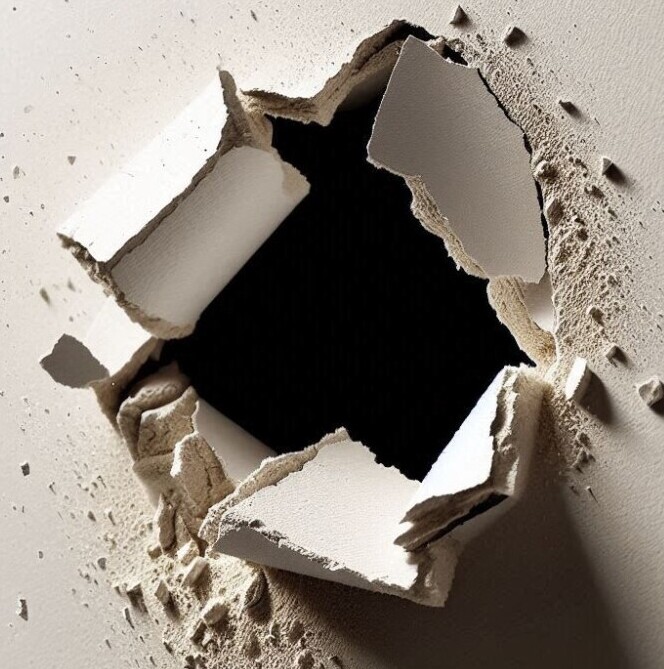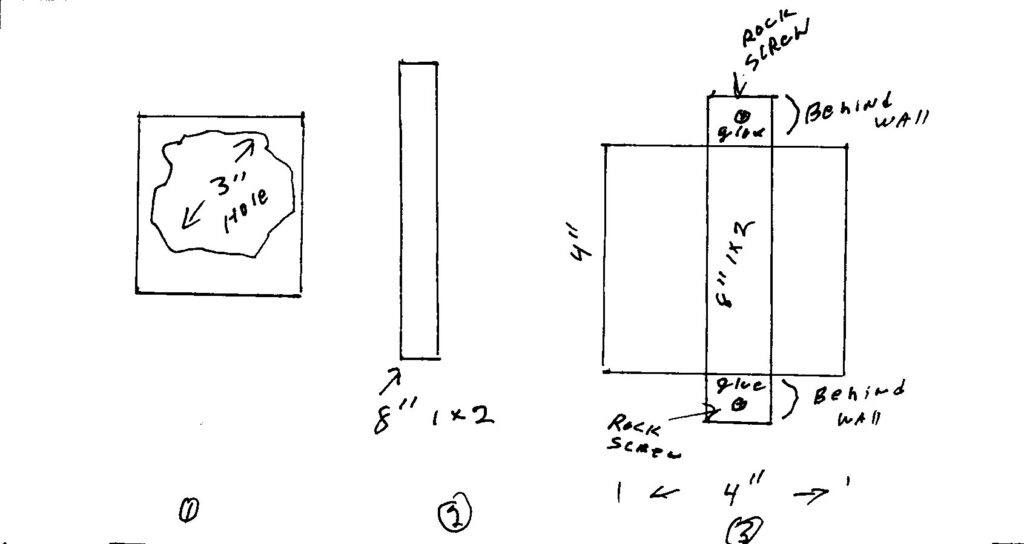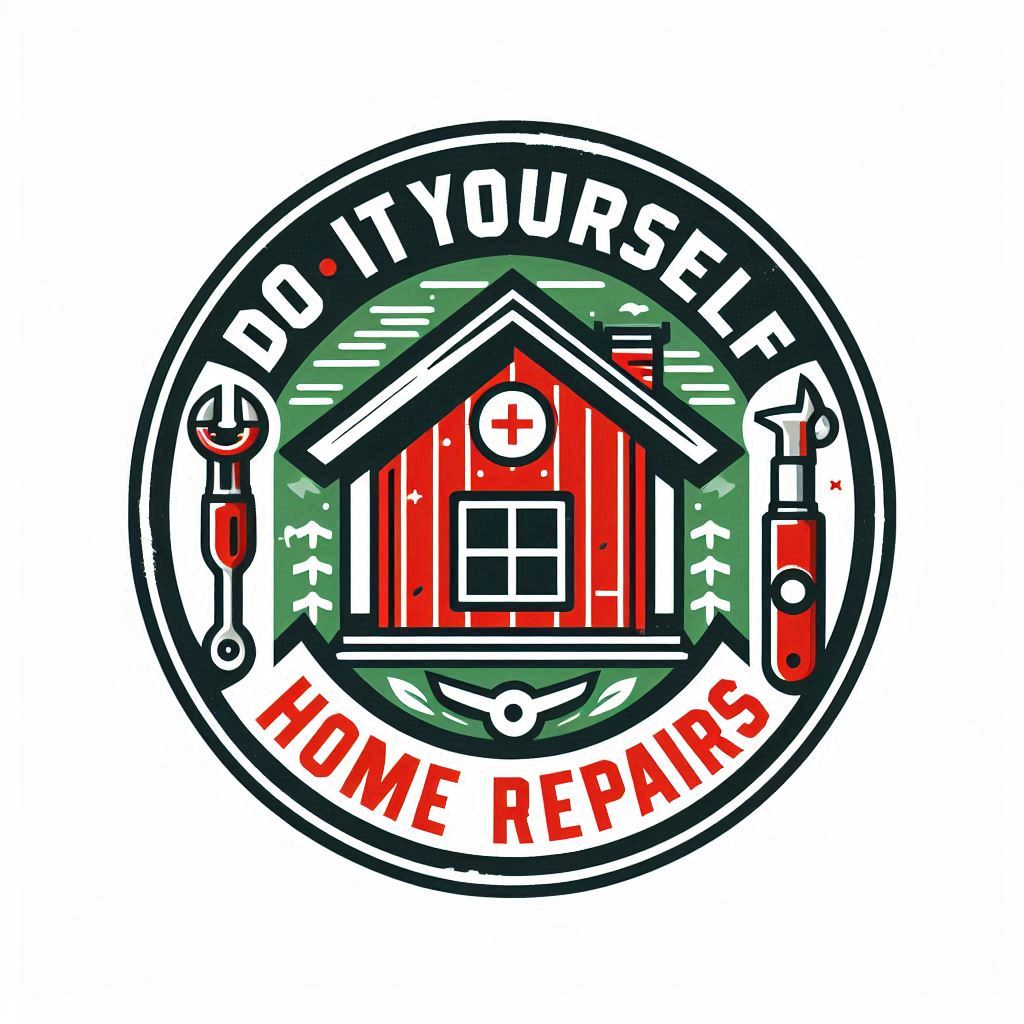Tackling small wall holes and cracks might seem straightforward, but neglecting these minor imperfections can lead to more significant issues down the road. Regular maintenance ensures your walls stay strong and look good, enhancing the overall feel of your space. Addressing these problems promptly not only prevents further damage but also saves time and money in the long haul.
Before diving into the repair process, gathering the right tools Essential Toolsand materials is essential. You’ll need items like spackle, spackle knife, wallboard saw, paper or fiberglass tape, tape measure, utility knife, sandpaper, construction adhesive, sponge, screw gun, and some touch-up paint. Each of these tools plays a crucial role in making sure the repair job is efficient and effective.
To achieve a professional-looking finish, consider these expert tips. Avoid over-sanding, which can lead to uneven textures. Use primer before applying touch-up paint to ensure consistent color and finish. And always patch test new paint to match it seamlessly with the existing wall color.
Now the steps are very easy. I am basing this on a 3 inch hole made by a door knob or may be from moving furniture. Step 1, square hole at least 1 inch larger using wall board saw–Step 2, cut a 1×2 board 8 inches long and place a dab of glue at either end and slide behind wall, hold board and attach using 1 sheetrock screw at either end. The screws will penetrate existing wall into board and they will be only max 1/16″ countersunk–Step 3, cut a new piece of drywall to fit ( in this case 4×4), put a bead of glue on 1×2, place new piece of drywall in area and attach with 2- 1 1/4″ drywall screws–Step 4, 1st coat spackle over joints and lay tape on top, hold knife tight set paper, pull back excess spackle, now coat paper tape holding taping knife tight ( try not to leave any ridges in spackle), let dry–Step5–repeat 1 more coat of spackle and feather edge area. Step 6–let dry, then sand, apply primer and finish paint. Seems like alot of work for a small hole, this can be accomplished in 1 hour using 5 minute speed set joint compound, this has to be hand mixed and comes in a small 5lb bag.
Spider cracks in plaster walls (1/16″ or less), can be easily filled with either joint compound or painters caulk. Using joint compound (spackle), just knife it on using a spackle blade and sand to finish. Using painter’s caulk–squirt caulk onto spackle knife or use caulk gun to desired crack, apply to area and wipe back with sponge. Painter’s caulk can be used on a variety of areas. Really works well in vertical corners and against window and door casings, baseboard and trim, nail holes, remember to always wipe back the caulk joint. All areas addressed should be primed then finished painted.

Step Images free hand.

Simple–step one cut square hole 1/2″ to 1″ larger than damaged area. Step two–cut a backer board approximately 4 inches larger than opening so 8 inches in this case using a piece of wood 1.5 inches wide. Step 3–place board with construction adhesive behind hole and attach with drywall screws ( screws are only set maximum 1/16″ counter sunk). install new piece of drywall precut to 4×4 to match opening, bead of construction adhesive on backer board and attach with drywall screws (only 2 needed). Spackle all joints apply paper tape or mesh, let dry, repeat again let dry. Sand with 80 grit, or finer, prime and paint to match existing. Also for added protection, if from door knob damage, install a door bumper at baseboard area so knob does not hit wall. If you use speed set joint compound, 20 minute set, this job can be completed in less than 2 hours. Items needed, joint compound, drywall, tape or mesh, construction adhesive and drywall screws. These steps can be used for larger area holes. You may have to use larger backer boards. If damage is greater than 1 square foot it is better to piece in drywall from stud center to stud center with option of additional backer board.

All the above is usually referred to as a blow out patch. There are patching systems using mesh type patching. This may work in areas not subject to damages by doorknobs or places where furniture is moved in rentals with tight areas. Your call on this simple repair.